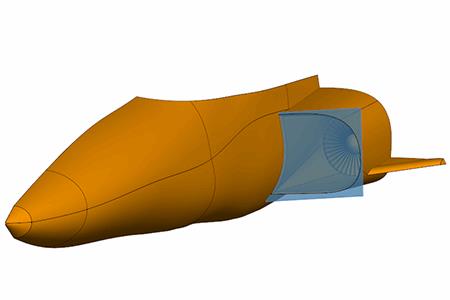Radar Cross Section Simulation: Air, Land, And Sea
By Dr. Martin Vogel, principal application engineer and member of the electromagnetic program management team, Altair Engineering, Inc.
A platform’s radar cross section is a key concern in designing aircraft, vehicles, and ships, as well as a key parameter in planning a strategy or mission.
 Computer simulation of radar cross section (RCS) started in earnest in the 1990s, allowing designers and decision-makers to evaluate numerous designs and decisions without conducting costly measurement campaigns. Still, it took time for high-end computers to become widely available and for simulation methods to mature.
Computer simulation of radar cross section (RCS) started in earnest in the 1990s, allowing designers and decision-makers to evaluate numerous designs and decisions without conducting costly measurement campaigns. Still, it took time for high-end computers to become widely available and for simulation methods to mature.
Today, many methods are routinely used for RCS analysis. One example is ray launching based on geometric optics theory, which is related to shooting and bouncing rays (SBR). Ray tracing is an important component of these methods. For a quick look without multiple interactions, physical optics, can be used. All of these methods are valid when the main geometrical details of the platform are much larger than the wavelength of the radar. Such methods are called asymptotic methods, since their validity improves as frequencies go up. Radar wavelengths typically are below 30 cm, so ray-based methods, which are fast and use little computer memory, often can be used for a quick initial analysis.
Get unlimited access to:
Enter your credentials below to log in. Not yet a member of RF Globalnet? Subscribe today.
